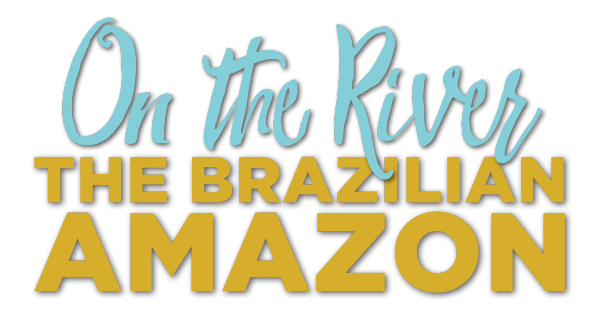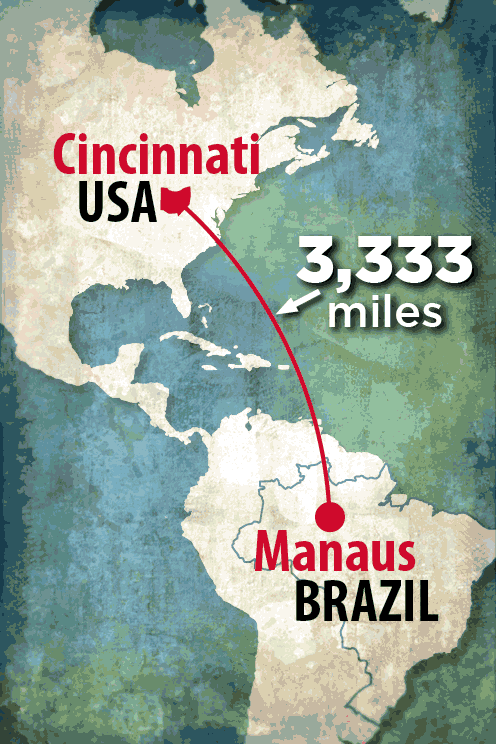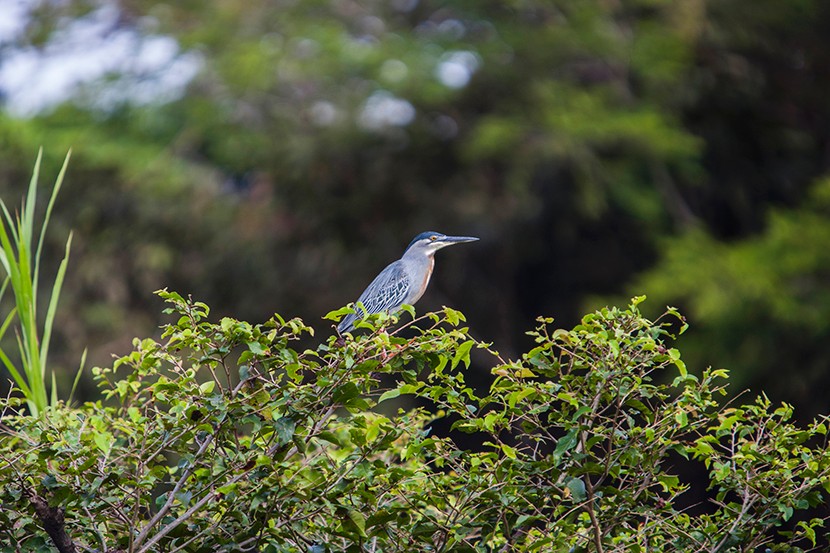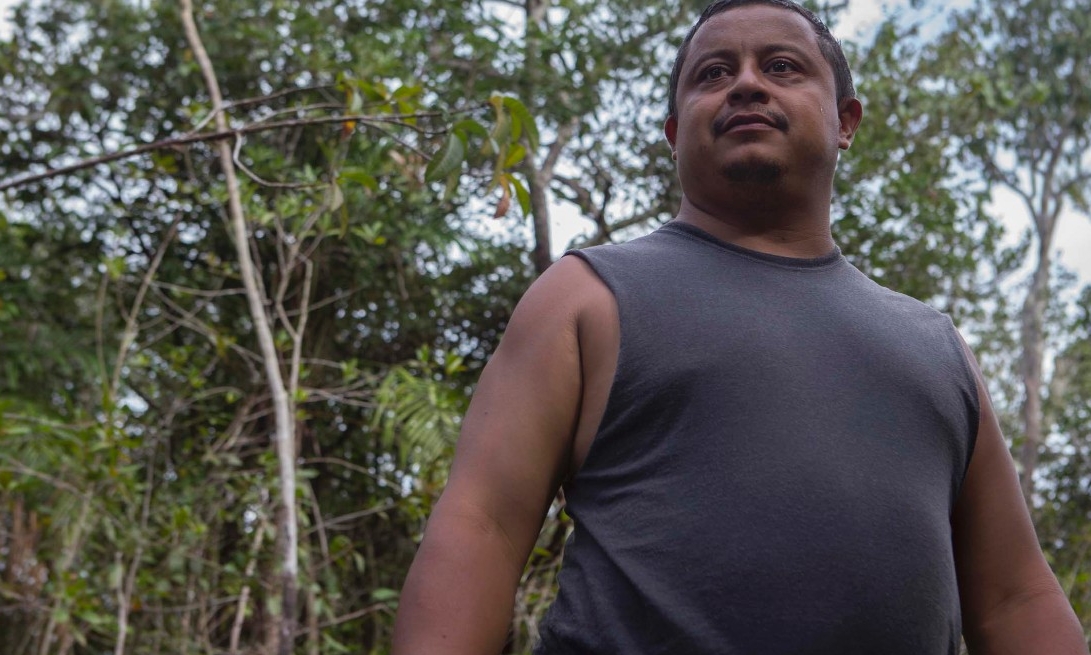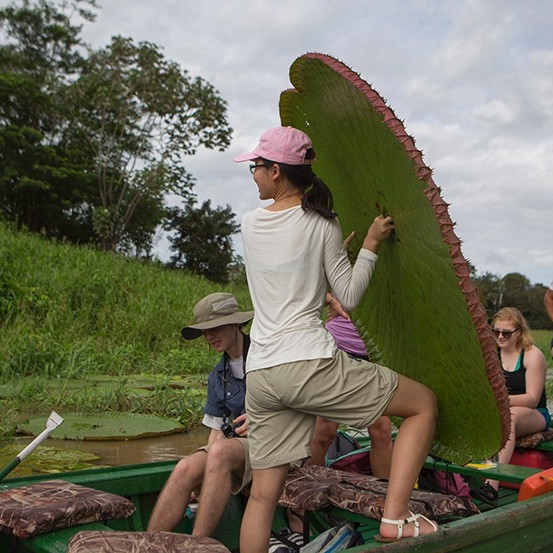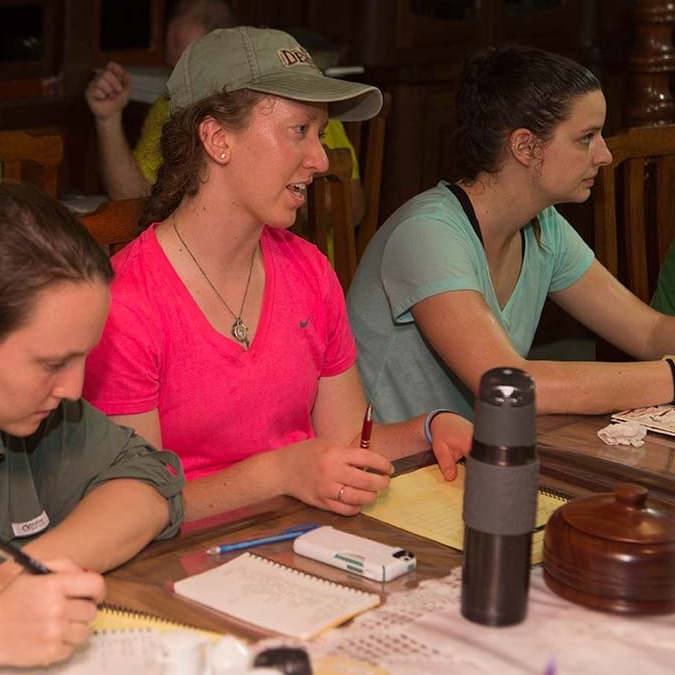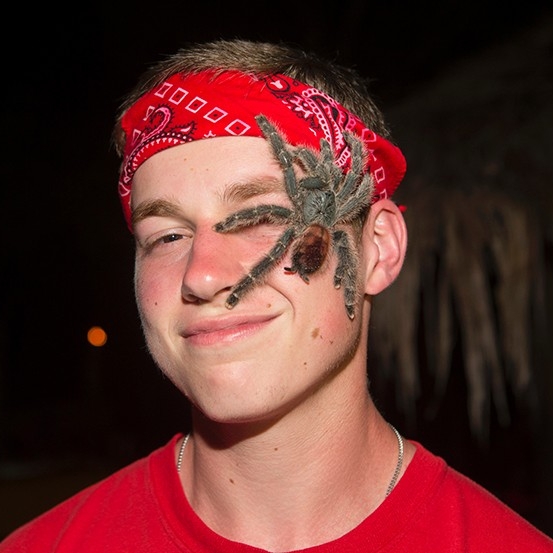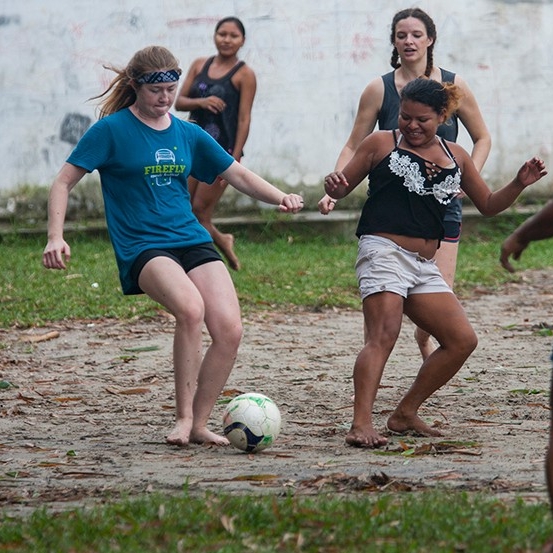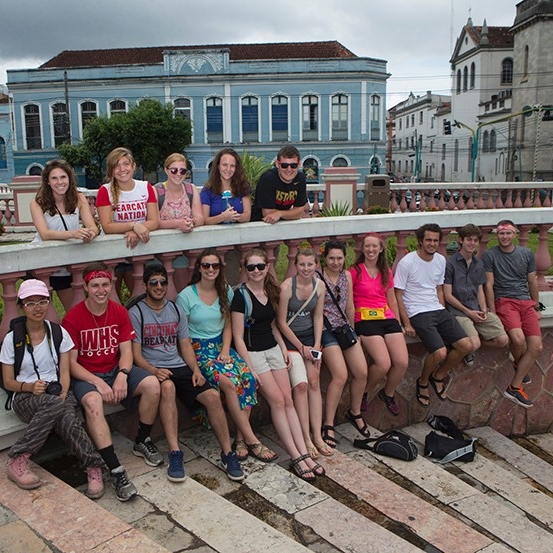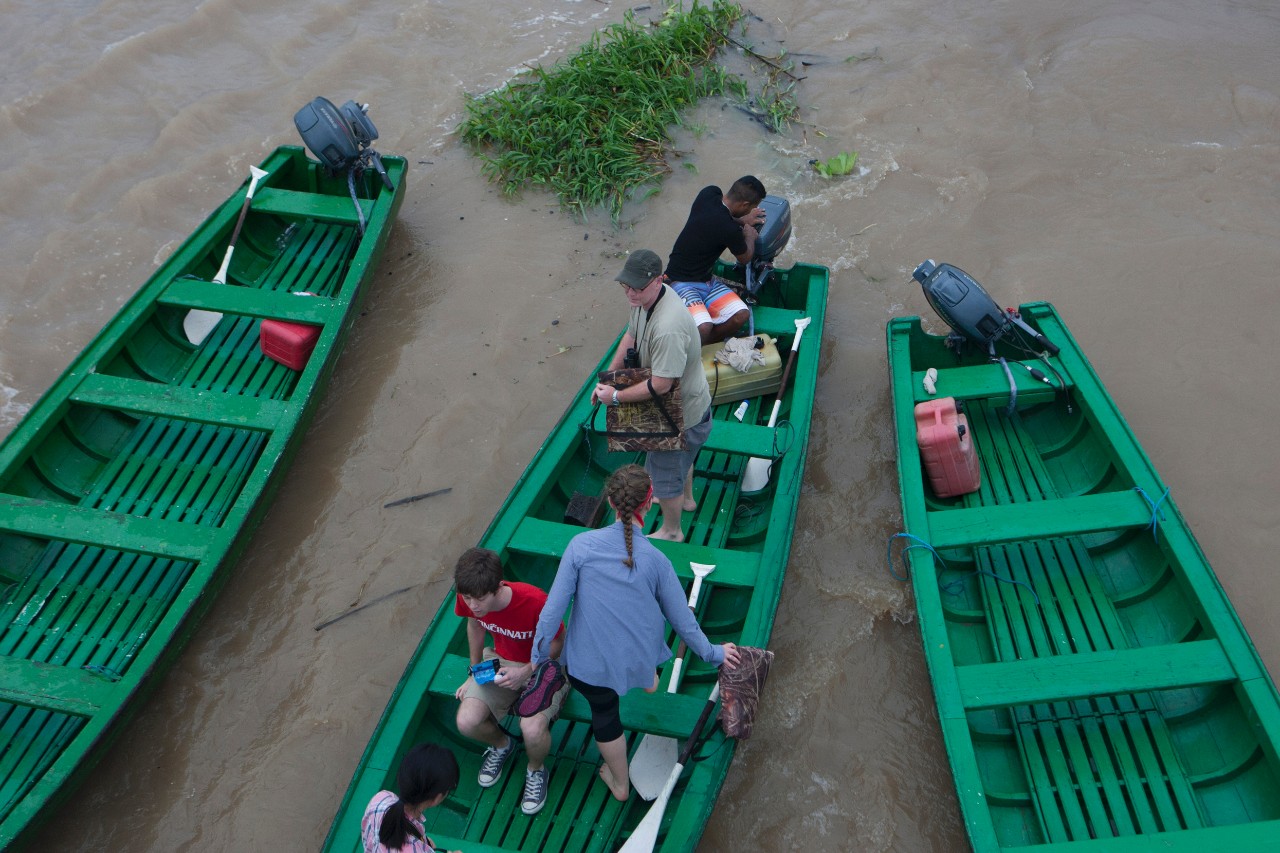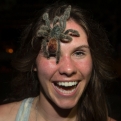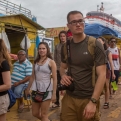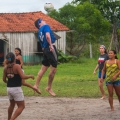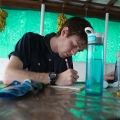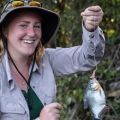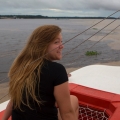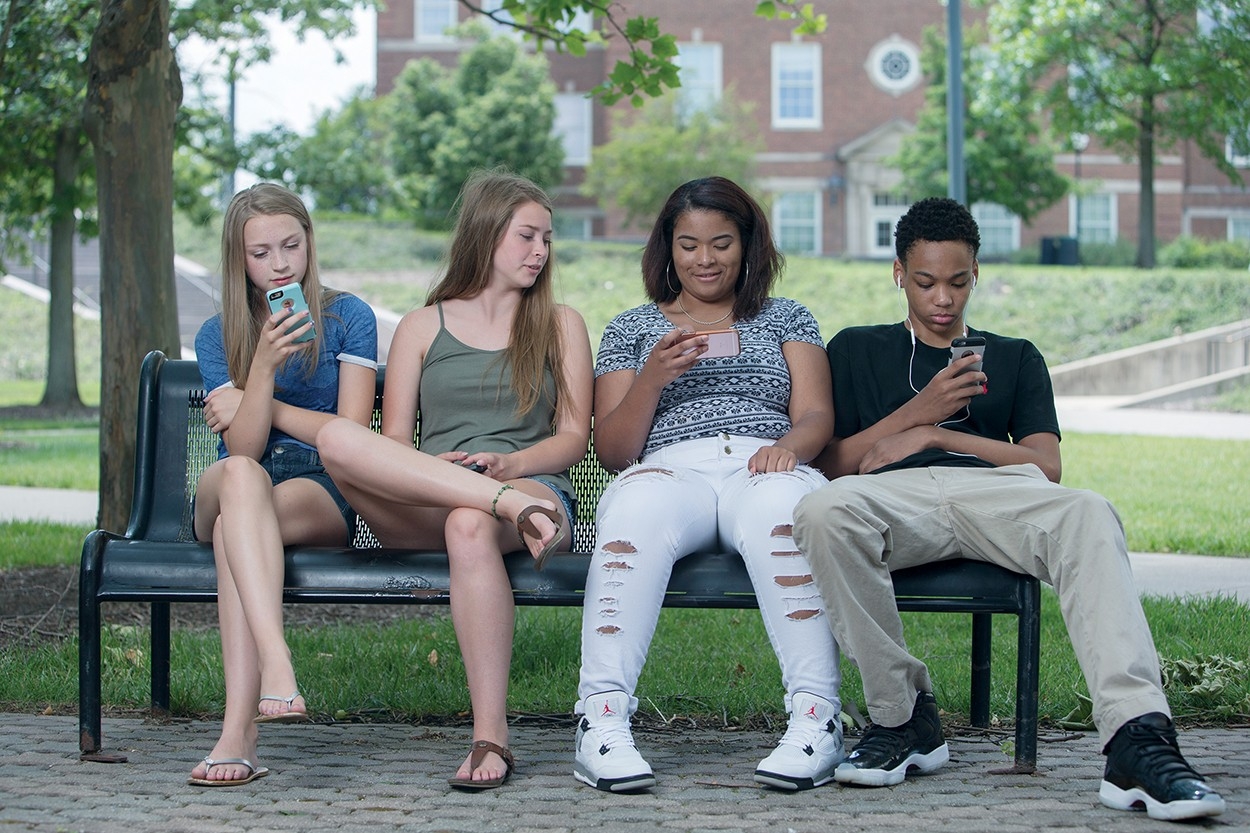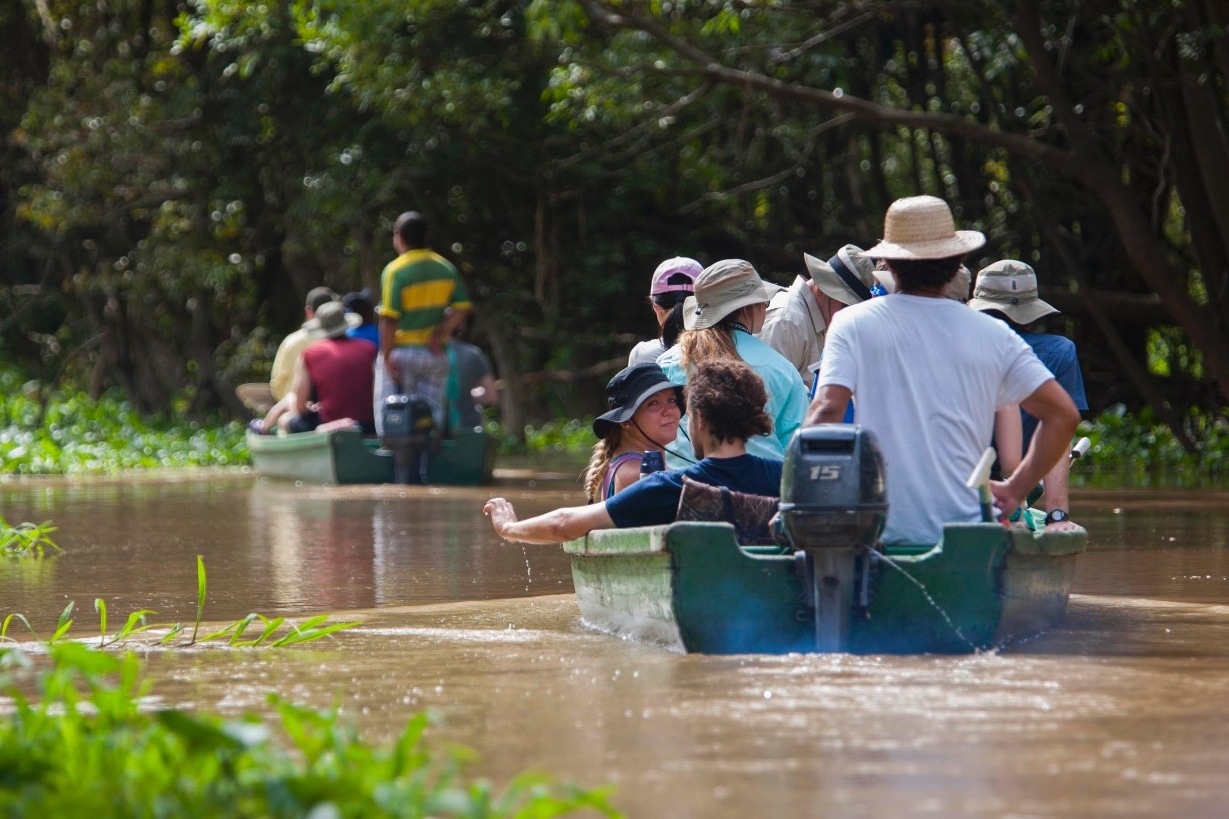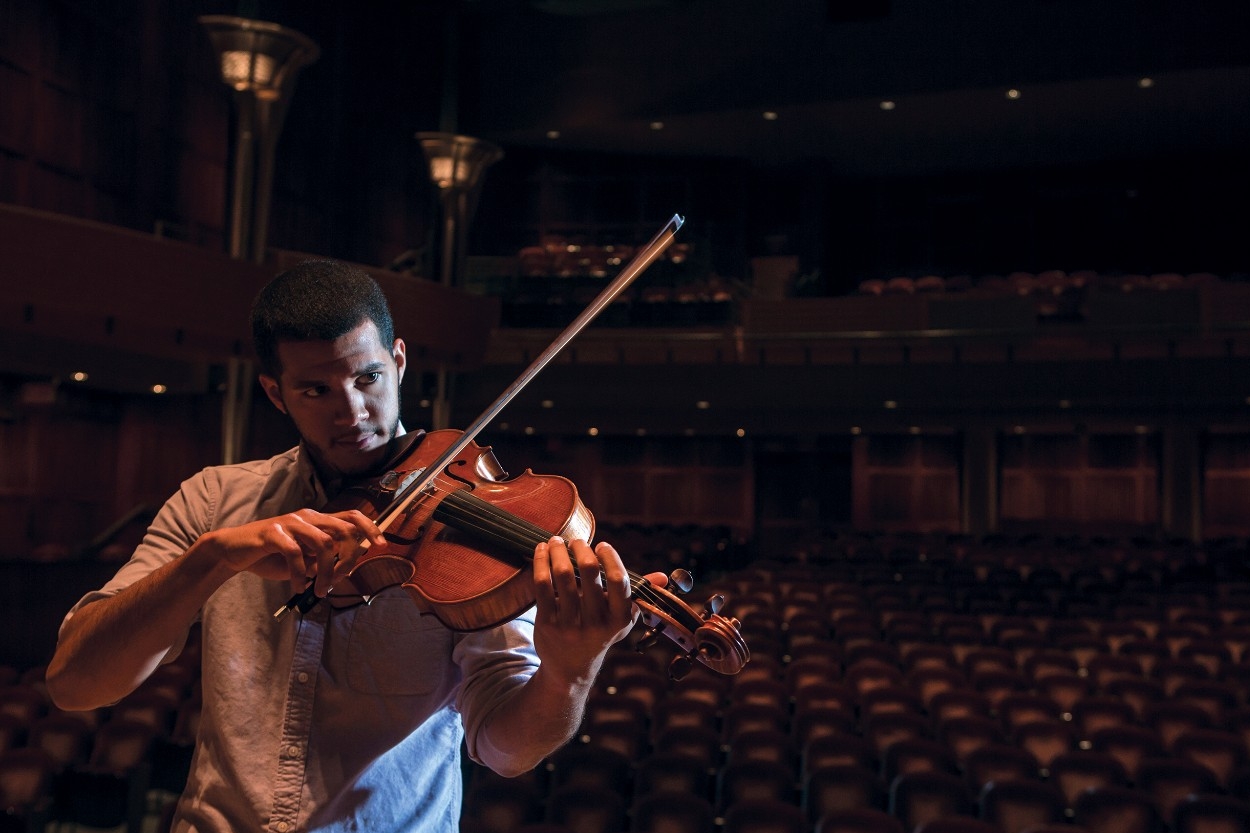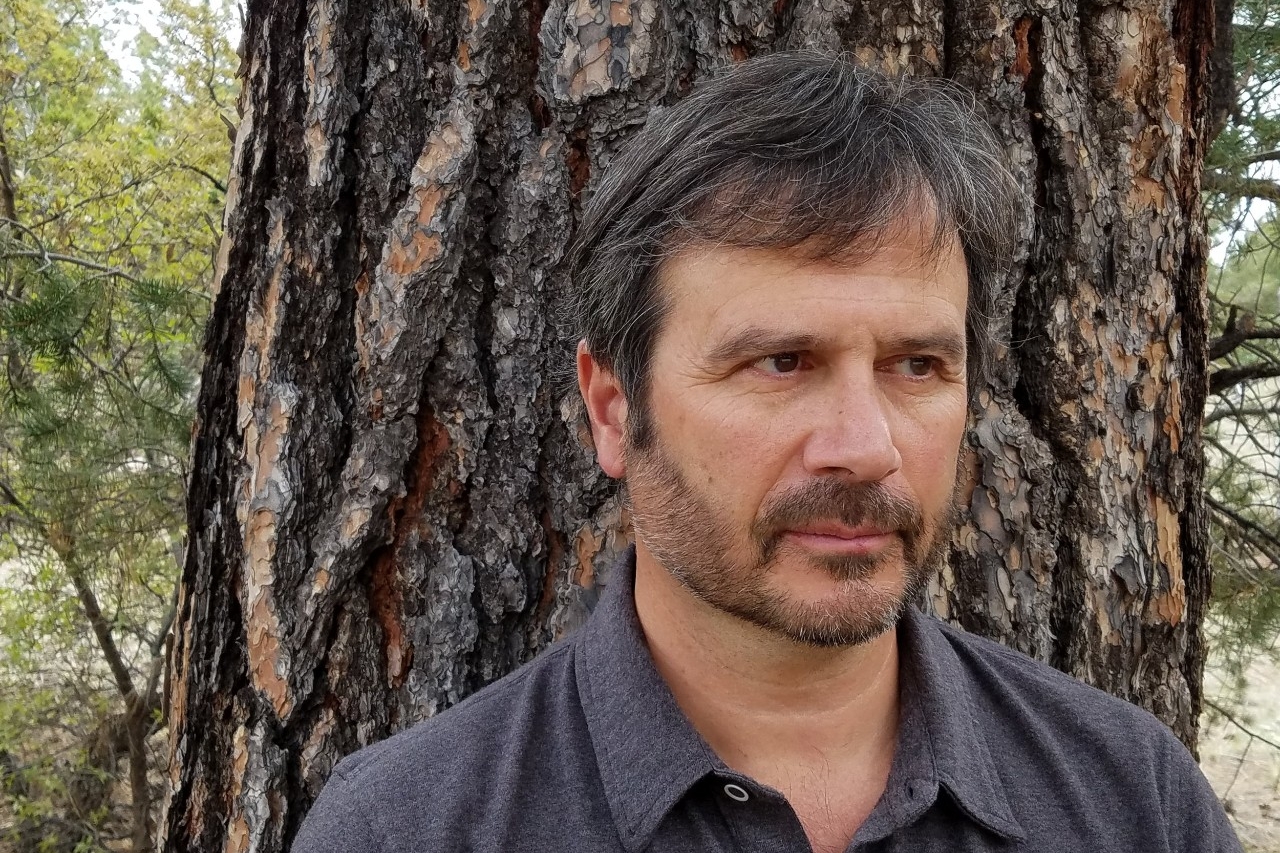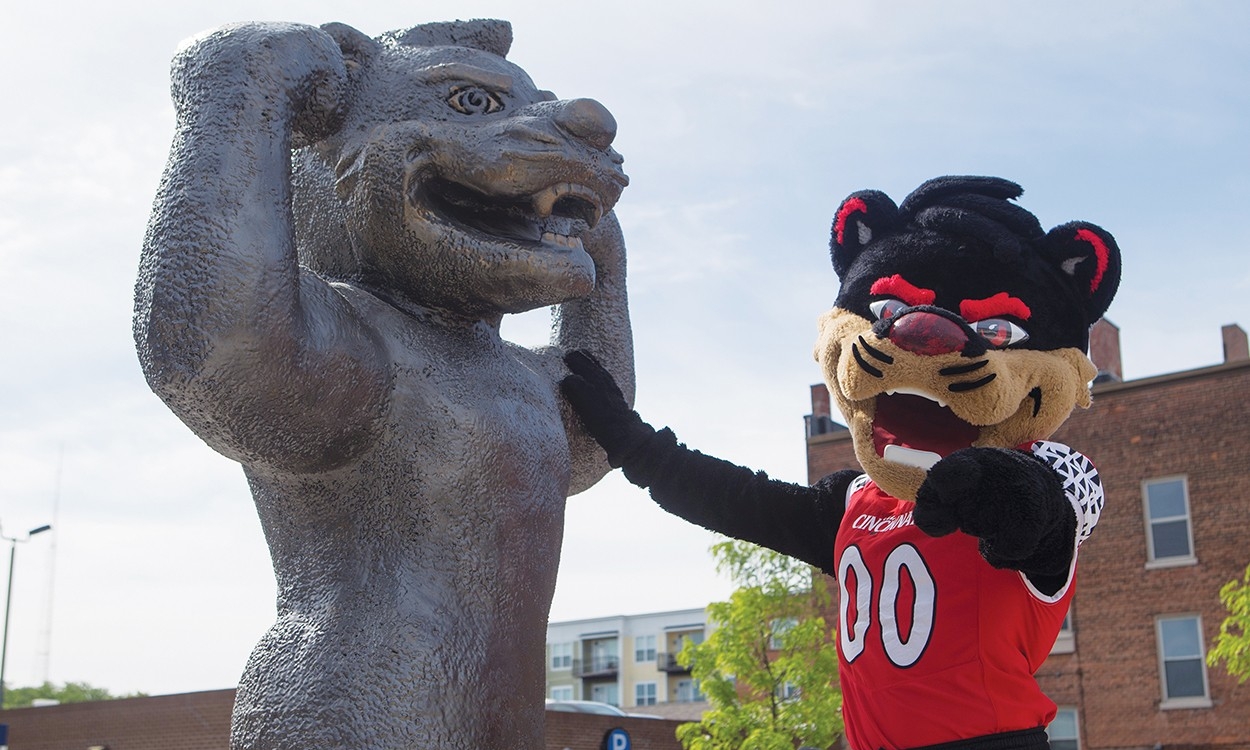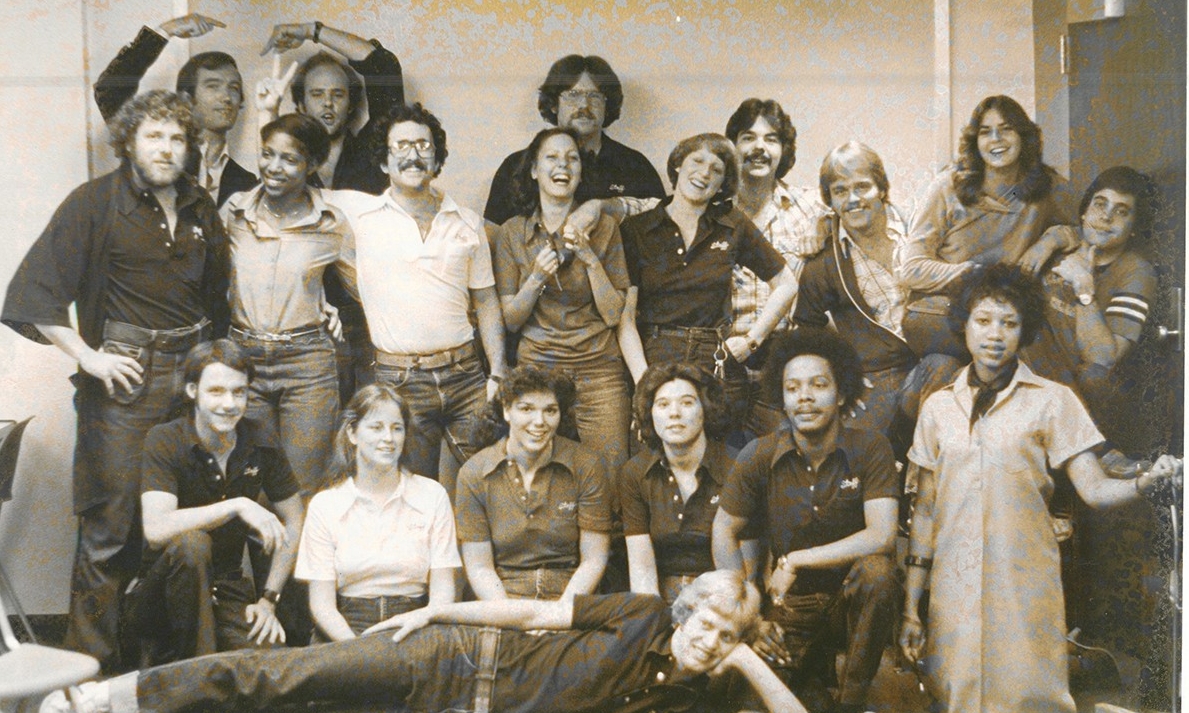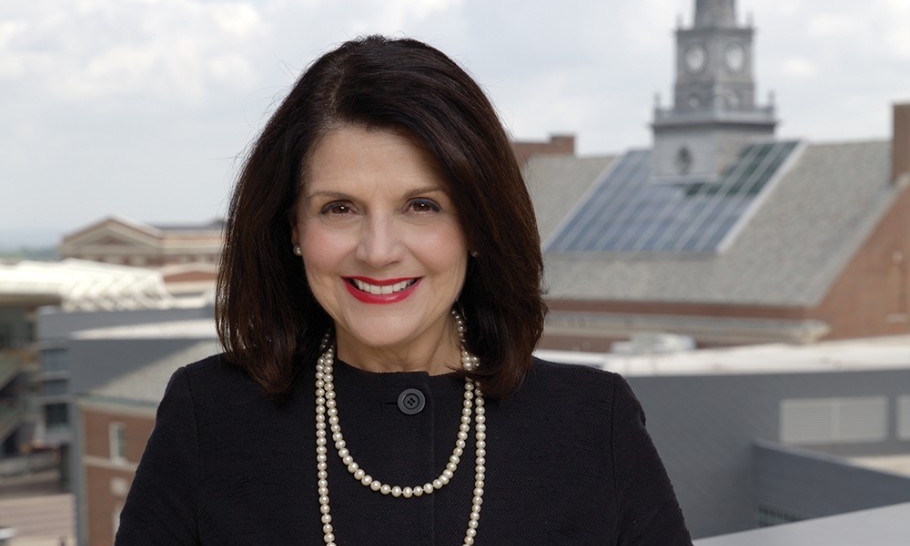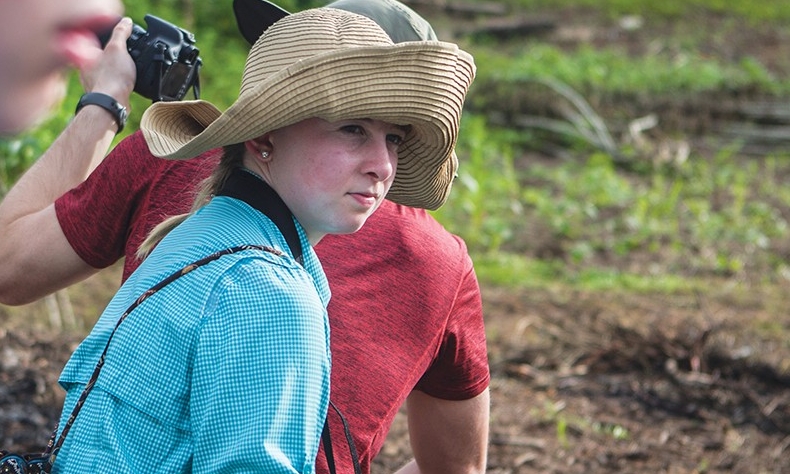It’s nearly midnight and the group – 16 students and five faculty and staff members – has been awake since rousting themselves at 3 a.m. for the early morning departure from the Queen City to the city known by natives as the “Mother of God.” Groggy and bleary-eyed yet full of nervous energy, they step out of the cool air-conditioned comfort of the airport into the equatorial humidity of the world’s largest tropical rain forest.
The UC “On the River: Experiencing the Brazilian Amazon” honors seminar and study tour isn’t your typical class – in more ways than one. For starters, students hail from wide-ranging academic programs as art history to chemical engineering, international business to nursing and architecture to information systems. Some are soon-to-graduate seniors craving one last hurrah before pitching their portfolios and skills to prospective employers. Others are wide-eyed and curious freshmen, driven to take a first step in a much larger world.
Sustainability and tropical ecology form a large focus of the semester-long course, but students are encouraged to draw from their own passions and interests when proposing independent projects to explore throughout the tour and beyond. Among this year’s motley mix of projects: researching the use of native plants and herbs for medicinal purposes; writing and self-publishing a children’s book on the Amazon rain forest; examining the portrayal of the Amazon rain forest in films and pop culture; scrutinizing the Amazon ecosystem for inspiration on how to build more eco-friendly homes; and laying down a new beat using audio samples recorded from the jungle, among others.
Despite their differences, the eclectic group is united by a singular goal: the chance to venture into the depths and mystery of one of the earth’s great unknowns.

